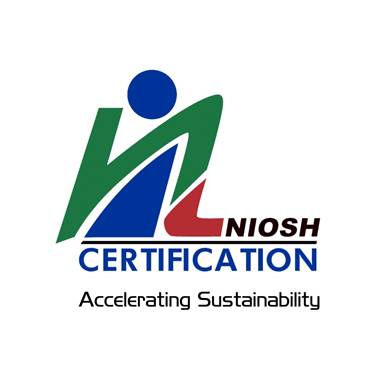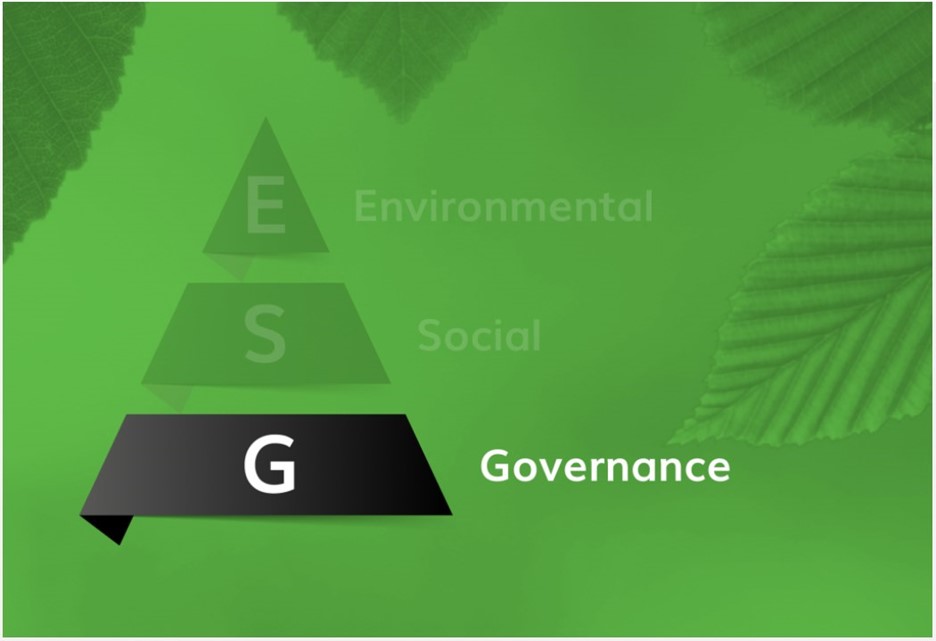Hi All,
Let us understand better about “Governance” Principle in ESG. Enjoy your reading !!!
What is “G” in ESG?
The governance ‘G’ in Environment, Social and Governance (ESG) is about assessing how well a company is run and making sure that it is acting in the best interests of its stakeholders.
In other word is endeavor in upholding high integrity and ethical conduct in business operation, embedding governance for responsible business practices, risk -based approach for the decision-making process, customer focus to provide competitive and quality services in building confidence and trust with stakeholders.
Watch the video below to learn more.
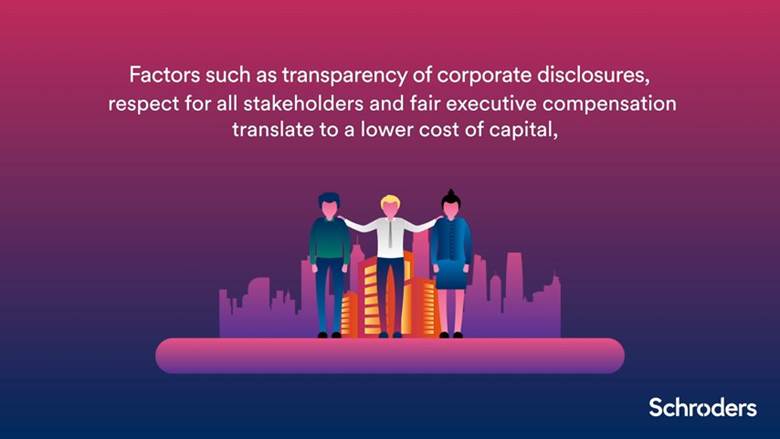
Why governance is important in NIOSHCert to enhancing ESG?
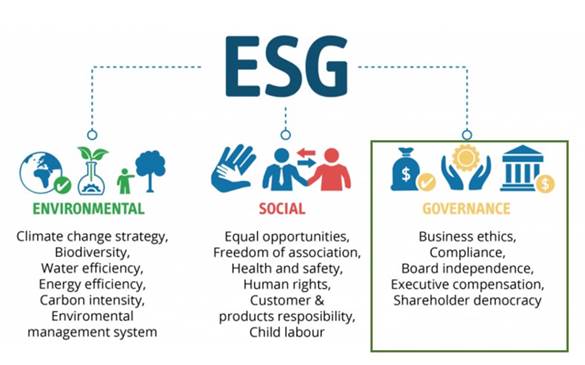
Governance helps a company implement sustainability strategy across business, manage goal-setting and reporting processes, strengthen relations with external stakeholders, and ensure overall accountability.
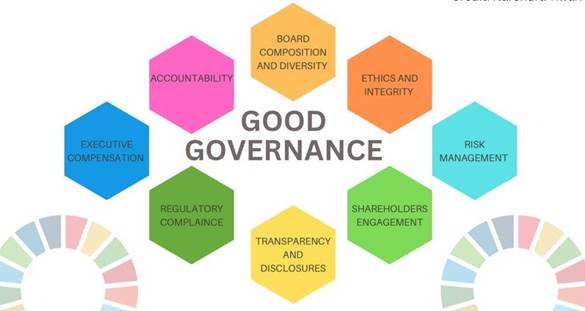
Here are seven (7) consideration of important governance principles;
1. Board Composition and Diversity
Ensure that the board of directors includes members with diverse backgrounds, expertise, and experience. This can include gender, ethnicity, age, and professional backgrounds. A diverse board can provide better decision- making and increase accountability.
2. Ethics and Integrity
Establish and enforce a code of conduct that promotes ethical behavior, transparency, and accountability.
3. Risk Management
Implement a comprehensive risk management program that identifies, assesses, and mitigates potential risks. This includes internal controls, monitoring, and reporting mechanisms.
4. Shareholder Engagement
Regularly engage with stakeholders to understand their expectations and concerns.
5. Transparency and Disclosure
Provide clear and concise disclosure of company policies, practices, and performance.
6. Regulatory Compliance
Ensure that the company complies with all applicable laws, regulations, and industry standards. Also having effective compliance programs and internal controls to ensure that the organization operates within legal and regulatory frameworks.
7. Executive Compensation
Establish a fair and transparent executive compensation program that aligns with the company’s long-term strategy and sustainability goals.
What is the impact of a good governance?
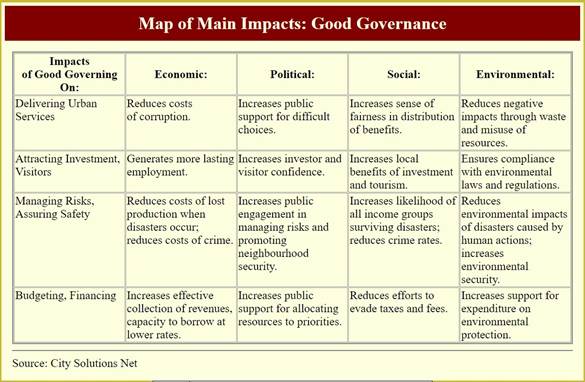
How do we can implement to have a good governance?
Good governance can incorporate in many different practices. Specifically, some of the primary best practices include;
- Building a competent board
- Aligning strategies with goals
- Being accountable
- Having a high level of ethics
- High of integrity
- Clear in defining roles and responsibilities
- Strive in managing risk effectively
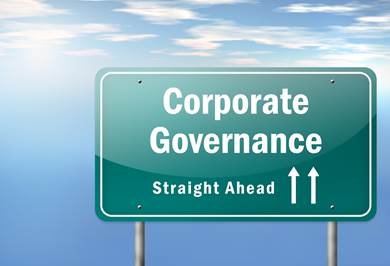
What is NIOSHCert had done to practice a good governance and which Sustainable Development Goals does relate to?
Integrity & ethical conduct for a good governance

1 – SDG 16: Promote peaceful and inclusive societies for sustainable development, provide access to justice for all and build effective, accountable and inclusive institution at all levels,
COMMITMENT TOWARD COMPLIANCE & ZERO TOLERANCE FOR BRIBERY.
- Allegations of bribery (No of cases)
- Disciplinary Sanctions like warnings, dismissals, suspension & voluntary compensation element (No of cases)
- Integrity Initiative Projects
- Internal audits
- Independent external audits
- ISO 37001 in place
- Subscribe to Malaysian Code on Corporate Governance (MCCG)
- Establishment of Policy (No Gift, Sustainability, ABMS & Anti- Corruption, Information Security, and Whistleblowing) policy
- Garis Panduan ‘Bila Hadiah Menjadi Rasuah’ daripada Bahagian Pemeriksaan dan Perundingan Suruhanjaya dan Pencegahan Rasuah Malaysia (SPRM)
- Implementation of data privacy requirements (NDA, PDCA Form & Personal data protection notice)
RESPONSIBLE BUSINESS PRACTICE
- Training related to ethical business conduct.
- ESG secured the supply chain based on supplier commitment to the the Supplier code of conduct.
- Strategic collaboration with partners promoting ethical business relationships.
Sustainable Procurement Strategy
RESPONSIBLE SOURCING OF MATERIALS
- Green procurement approaches
- Supplier self- assessment and declaration
- Online sourcing
- Evaluation of suppliers
- Diversity suppliers program
Digitalization Transformation Cybersecurity & Data Information Governance

2 – SDG 17 focuses on strengthening the means of implementation and revitalizing the global partnership for sustainable development Technology. Its targets 17.6-17.8 are devoted to technology.
INITIATIVES FOR DIGITALIZATION
- Transforming manual work to the digital platform.
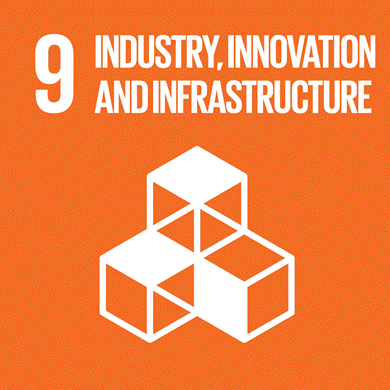
3 – SDG 9: To build resilient infrastructure, promote inclusive and sustainable industrialization and foster innovation.
CYBERSECURITY INSURANCE AND RISK MANAGEMENT
- ISO 27001 is in place
- Cybersecurity program
Quizz Times !!!

Yippy,, Hello Team!
Done on your reading. Why not, take five (5) minute to answer the quizzes. Come on and let’s test yourself to evaluate your level of understanding 🙂 Hwaiting !!!
Embed://<iframe width=”640px” height=”480px” src=”https://forms.office.com/r/99g3i1vnj1?embed=true” frameborder=”0″ marginwidth=”0″ marginheight=”0″ style=”border: none; max-width:100%; max-height:100vh” allowfullscreen webkitallowfullscreen mozallowfullscreen msallowfullscreen> </iframe>
Contact Us
Any suggestion or inquiries, feel free to contact us at sustainability@nioshcert.com.my
Best Regards,
Nor Aziera
Sustainability Division
